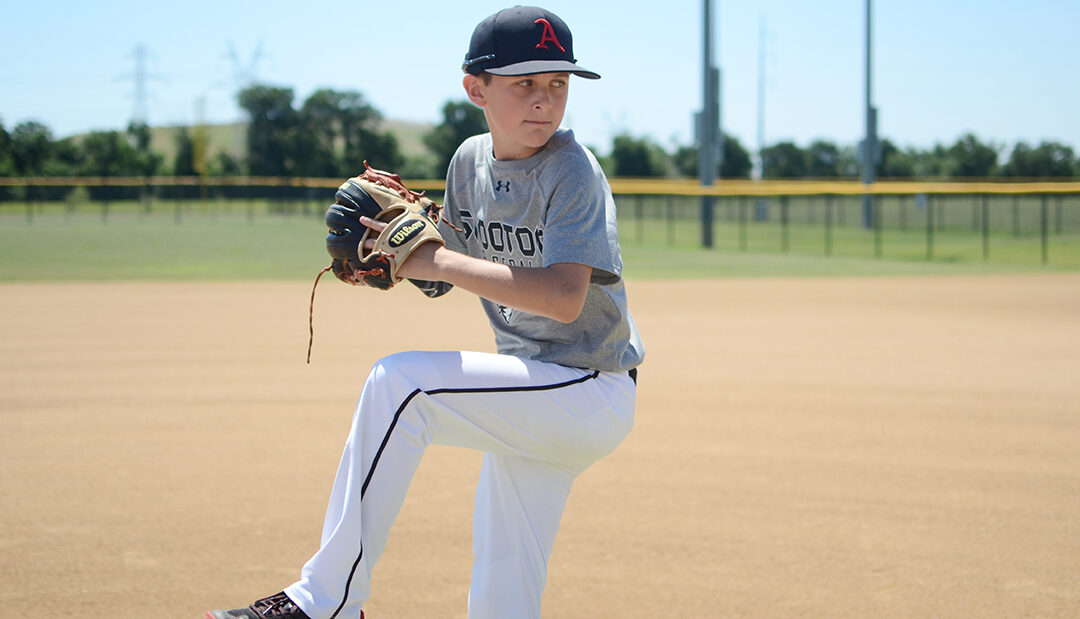We continue to see preventable injuries in young throwing athletes. We are hopeful that continued efforts to educate parents, athletes and coaches will encourage them to comply with recommendations for pitch counts and days of rest to protect throwing arms. Children and adolescents should not experience activity-related pain and should not be encouraged to play through pain.
Many are familiar with Little Leaguer’s elbow syndrome. However, there seems to be a continued lack of awareness regarding a similar injury in the shoulder. Little Leaguer’s shoulder syndrome, also called proximal humeral epiphysiolysis, is the most common diagnosis associated with young throwing athletes with complaints of shoulder pain. Though its name correctly associates it with the higher occurrence in young baseball players, it can be also be a problem for athletes in other sports including softball, volleyball, tennis, gymnastics and swimming. These sports require similar repetitive overhead motions used by a baseball pitcher.
This shoulder condition is only seen in athletes with open growth plates. These are the growing areas of the bone that are relatively soft because the cartilage has not yet matured into hard ossified or calcified bone. These areas disappear when the bone has completed growth. The growth plate is softer than the bone on either side of it and therefore is at a greater risk of injury. The repetitive motions in sports can cause cumulative small injuries to these areas. Without proper rest and recovery, this can lead to pain and widening of the growth plate.
Little Leaguer’s shoulder syndrome is a condition of the growth plate of the upper end of the upper arm bone, the humerus. Because the rotator cuff muscles in the shoulder attach to the bone above the growth plate and other muscles attach below the growth plate, there is a rotational or twisting stress across the growth plate with each throw.
Little Leaguer’s shoulder may be seen in athletes as young as 8 or 9 years of age. It is rarely seen beyond age 15 or 16. When the growth plate is ossified, repetitive activity may then lead to other types of injury. A diagnosis is typically made with a physical exam and standard shoulder X-rays. In some cases, an X-ray of the opposite shoulder is used to compare the growth plates to confirm the diagnosis. An MRI of the shoulder is not necessary and, in most cases, should be avoided to minimize costs.
With early recognition, Little Leauger’s shoulder syndrome is successfully managed with rest from throwing for a period six to 12 weeks. Exercises that include shoulder stretches and strengthening can be added when symptoms improve. A proper program focuses on flexibility and stability around the shoulder and throughout the body. An interval throwing program is a strategic approach to returning to throwing starting with short tosses and progressing to longer and faster pitches. After completion of this program and when symptoms have completely resolved, the athlete can return to overhead throwing sports.
Overuse injuries are considered preventable. Here are tips to keep a throwing arm injury free:
- Focus on proper form with each throw.
- Stop throwing when tired.
- Follow pitch count guidelines.
- Respond early to complaints of pain during or after throwing.
- Schedule rest throughout the week and throughout the year.
Additional education:
Key concepts for injury prevention in baseball players
Learn more about pediatric sports medicine.
This information has been edited from an original article by Chuck Wyatt, R.N., CPNP, RNFA, submitted for publication on another website.

